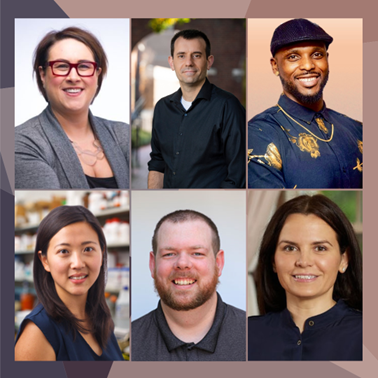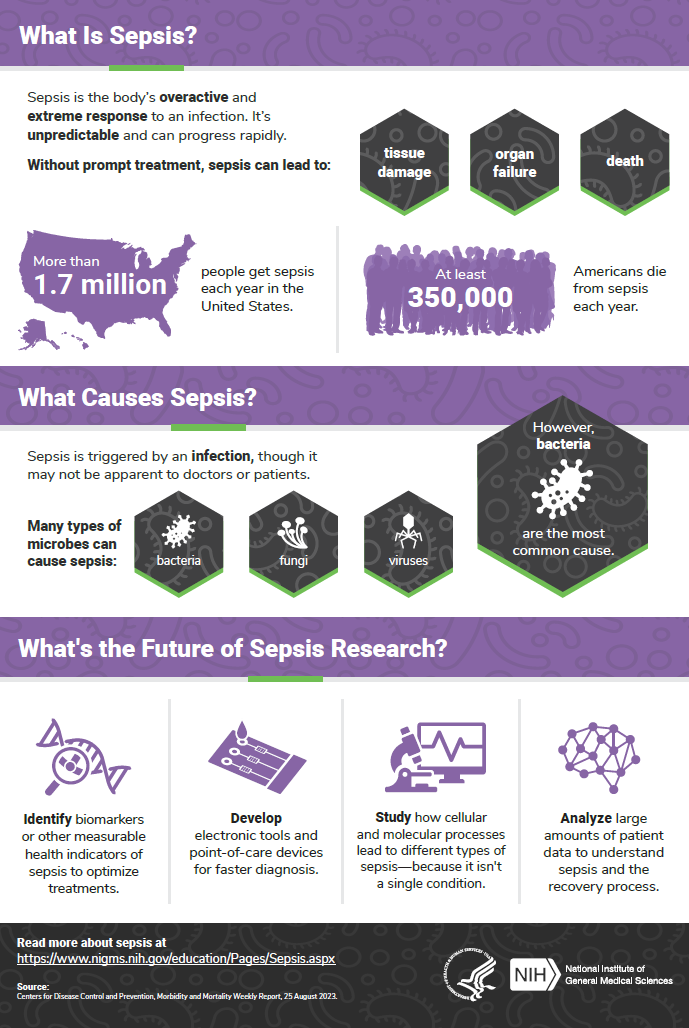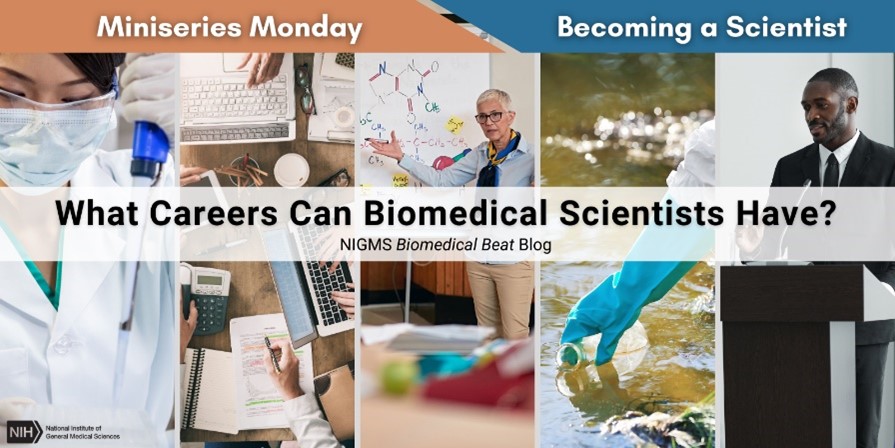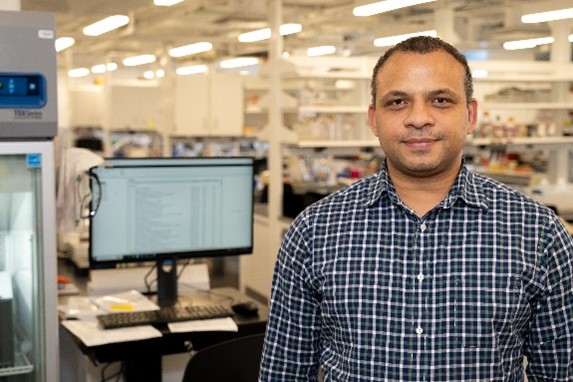Cells are the basic unit of life—and the focus of much scientific study. They’re categorized based on whether or not they have a distinct nucleus. Prokaryotic cells, like some bacteria such as blue-green algae, don’t have distinct nuclei. Instead, their nuclear material is spread throughout the cytoplasm. Eukaryotic cells—or cells with nuclei—make up humans, animals, plants, and fungi. Here are just a few of cells’ fascinating facets.
30 Trillion
That’s about how many human cells adults have in their bodies. Males are on the higher side with about 36 trillion cells, while females average about 28 trillion cells.
Continue reading “Cells by the Numbers”








